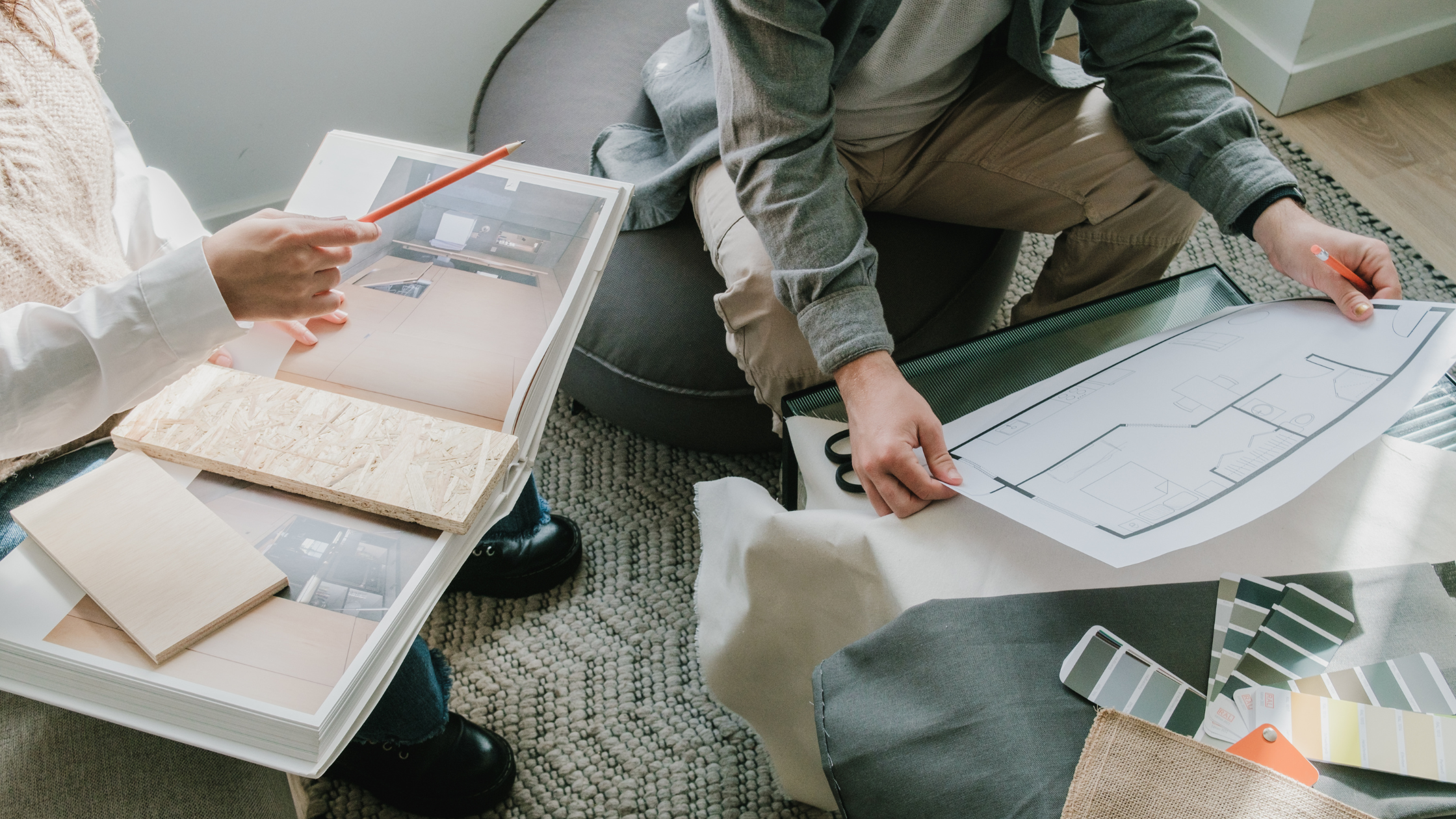In the world of interior design, creating seamless transitions between spaces is both an art and a science. Rugs play a pivotal role in this process, serving as visual bridges that can unite different areas while maintaining their distinct functions. This guide explores how to strategically use rugs to create a harmonious flow throughout your home, ensuring each space feels both unique and connected to the whole.
Understanding Flow and Continuity in Design
What Is Flow in Interior Design?
Flow refers to the natural progression of visual elements and movement patterns within a space. It’s the invisible thread that guides people through rooms while creating a cohesive aesthetic experience. Good flow makes a home feel intentional and welcoming, while poor flow can make spaces feel disconnected and awkward.
How Rugs Contribute to Spatial Continuity
Rugs act as visual anchors that can either define or blur the boundaries between spaces. Through thoughtful selection and placement, they can:
– Create visual pathways between rooms
– Establish rhythm and repetition in design elements
– Unite disparate spaces through color and pattern
– Define functional zones while maintaining visual connection
Principles of Using Rugs for Flow and Continuity
Consistency in Color Palette
Creating flow through color requires careful consideration:
– Choose rugs with complementary or analogous color schemes
– Pull colors from existing architectural elements
– Use a consistent color thread throughout different spaces
– Consider the 60-30-10 rule for color distribution
Balancing Patterns and Textures
Successful pattern mixing requires:
– Using patterns of different scales but similar styles
– Maintaining a consistent color story across patterns
– Alternating bold and subtle designs
– Incorporating texture as a neutral element
Scale and Proportion
Proper sizing creates visual harmony:
– Match rug sizes to room dimensions
– Allow consistent border spacing around rugs
– Consider furniture placement when sizing rugs
– Maintain proportional relationships between adjacent rugs
Strategic Placement
Thoughtful placement enhances flow:
– Align rugs with architectural features
– Create clear pathways between spaces
– Use consistent spacing in adjacent rooms
– Consider sight lines between spaces
Rug Placement Ideas for Connecting Spaces
Open-Plan Living and Dining Areas
Creating distinct yet connected zones:
– Use complementary rugs to define each area
– Maintain consistent border spacing
– Choose patterns that relate without matching
– Consider traffic patterns between zones
Hallways and Transition Areas
Guiding movement through spaces:
– Use runners to create visual paths
– Match runner colors to adjacent room rugs
– Consider pattern direction for movement flow
– Layer runners with area rugs at intersections
Connecting Indoor and Outdoor Spaces
Bridging interior and exterior spaces:
– Choose weather-resistant rugs that complement indoor styles
– Use similar colors and patterns
– Consider texture transitions
– Maintain consistent spacing
Multi-Level Homes
Creating vertical continuity:
– Use coordinating stair runners and landing rugs
– Match colors between levels
– Consider pattern scale relative to space size
– Create smooth transitions at level changes
Case Studies and Examples
Example 1: Creating Flow in an Open Concept Apartment
Designer Sarah Chen’s approach to a 1,200 sq ft loft:
– Used a large neutral sisal rug as base layer
– Added coordinating geometric rugs in living and dining areas
– Connected spaces with a complementary runner
– Maintained consistent color palette throughout
Example 2: Connecting Bedrooms and a Shared Hallway
Project by Interior Designer Michael Roberts:
– Selected matching runners for connecting hallways
– Chose complementary bedroom rugs with shared color elements
– Used consistent border spacing
– Incorporated layered rugs at doorways
Example 3: Achieving Continuity in a Modern Home with Indoor-Outdoor Living
Designer Lisa Wong’s solution:
– Selected weather-resistant rugs with indoor aesthetic
– Matched indoor and outdoor pattern scales
– Used consistent color palette throughout
– Created seamless transitions at threshold points
Tips for Choosing Rugs for Flow
Invest in a Cohesive Vision
Planning for success:
– Create a comprehensive rug plan before purchasing
– Consider all spaces simultaneously
– Document existing colors and patterns
– Sample rugs in actual spaces before committing
Layering Rugs for Dynamic Spaces
Techniques for successful layering:
– Use neutral base layers
– Add pattern through top layers
– Maintain consistent spacing
– Consider texture combinations
Avoiding Common Mistakes
Problems to watch for:
– Mismatched scales between adjacent rugs
– Competing patterns that create visual chaos
– Inappropriate sizing that disrupts flow
– Poor traffic pattern consideration
Conclusion
Creating flow and continuity through rug placement is a powerful design strategy that can transform how your home feels and functions. By considering color, pattern, scale, and placement, you can use rugs to guide movement, define spaces, and create visual harmony throughout your home.
Remember that successful flow doesn’t mean matching everything perfectly – it’s about creating thoughtful connections that make spaces feel naturally linked while maintaining their individual character. Whether you’re working with an open concept space or connecting separate rooms, rugs can be your most valuable tool in creating a cohesive, flowing interior.
Ready to enhance the flow in your home? Start by mapping out your spaces and considering how rugs could better connect them. Consider consulting with a design professional who can help you develop a comprehensive rug strategy that creates perfect flow throughout your home.
*Looking for inspiration? Visit The Ambiente showrooms to see how designers create flow with rugs, or explore online galleries for ideas about connecting spaces through thoughtful rug placement.*





